Notes
This is a fragment of a stoneware jug produced in the Westerwald region of Germany. German stonewares played an important part of the English and colonial ceramic market of the eighteenth century. These vessels were available in a variety of forms but most commonly as jugs, mugs and chamberpots, and were most often decorated with a combination of incised and molded decorations enhanced with the use of cobalt and manganese underglaze painting. Generally, the prevalence of these kinds of stonewares diminished throughout the eighteenth century.
This jug form was commonly used in the serving of alcohol at the table, though obviously it may have been used to serve a variety of liquids. Prominently exhibited on this example is a molded medallion containing the initials “GR” painted in a cobalt blue, which likely refers to either George I (1714-1727) or George II (1727-1760). The medallion is further embellished with a molded crown, floral elements, and a cherub. Just above the wings of this last, the placement of the molded initials “SW” indicate this vessel is a type that was of two-quart capacity. The neck of the jug can be seen to be painted in manganese purple, a feature that generally declined in popularity after about 1740.
Measurements taken from multiple sherds accordingly.
Object Type
Has it Been Conserved?
No
Where Was It Found?
Project Site: House for Families [more details]
Material
Vessel
Manufacturing Technology
Form
Completeness
Decorative Technology
Decorative Notes
Cordoned neck with manganese purple paint. Sprig molded GR medallion with cherub and
Date
1714-1760
Country of Origin
Dimensions
70mm x 50mm x 95mm (W x H x L)
Illustration shows object in comparison to the size of a quarter
Weight
86.2 gram(s)
Object Number
1725014. WRSW V.2
DAACS Number
1725014
Project: House for Families
The structure identified as the “House for Families” on the 1787 Vaughan plan likely housed the majority of the enslaved population living at the Mansion House Farm for much of the second half of the eighteenth century. The building was in existence from circa 1760 until it was demolished in late 1792 or early 1793. The archaeological evidence for the structure consisted of a brick-lined storage cellar (44FX762/40-47) measuring roughly six feet by six feet. Historically the cellar served as a handy trash receptacle once it ceased to be used for its original storage function, and through extensive excavation has yielded an extremely rich assemblage of household refuse. The analysis of these remains offers the opportunity to study important aspects of the daily lives of Mount Vernon's enslaved community.
See All Objects From this Dig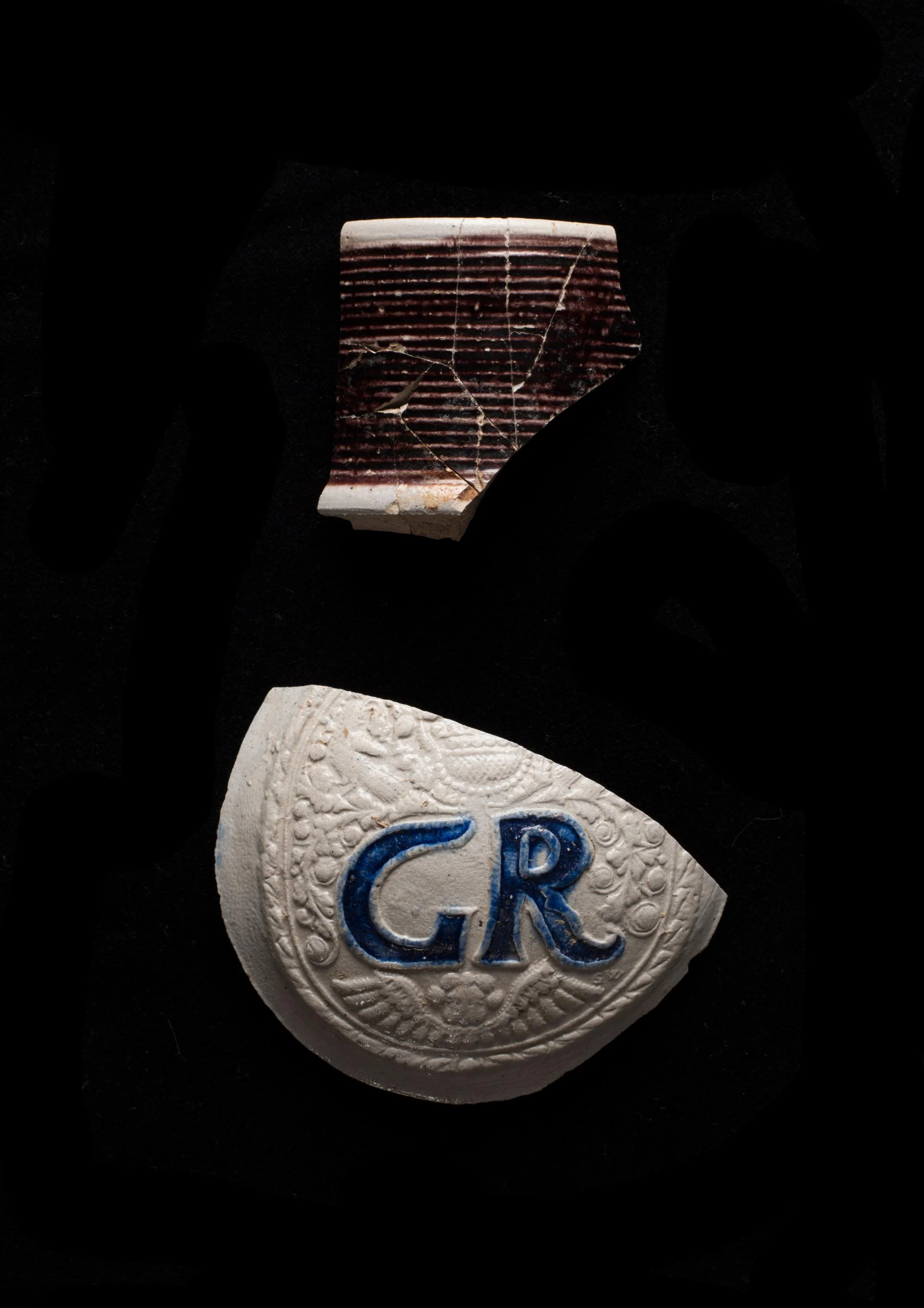
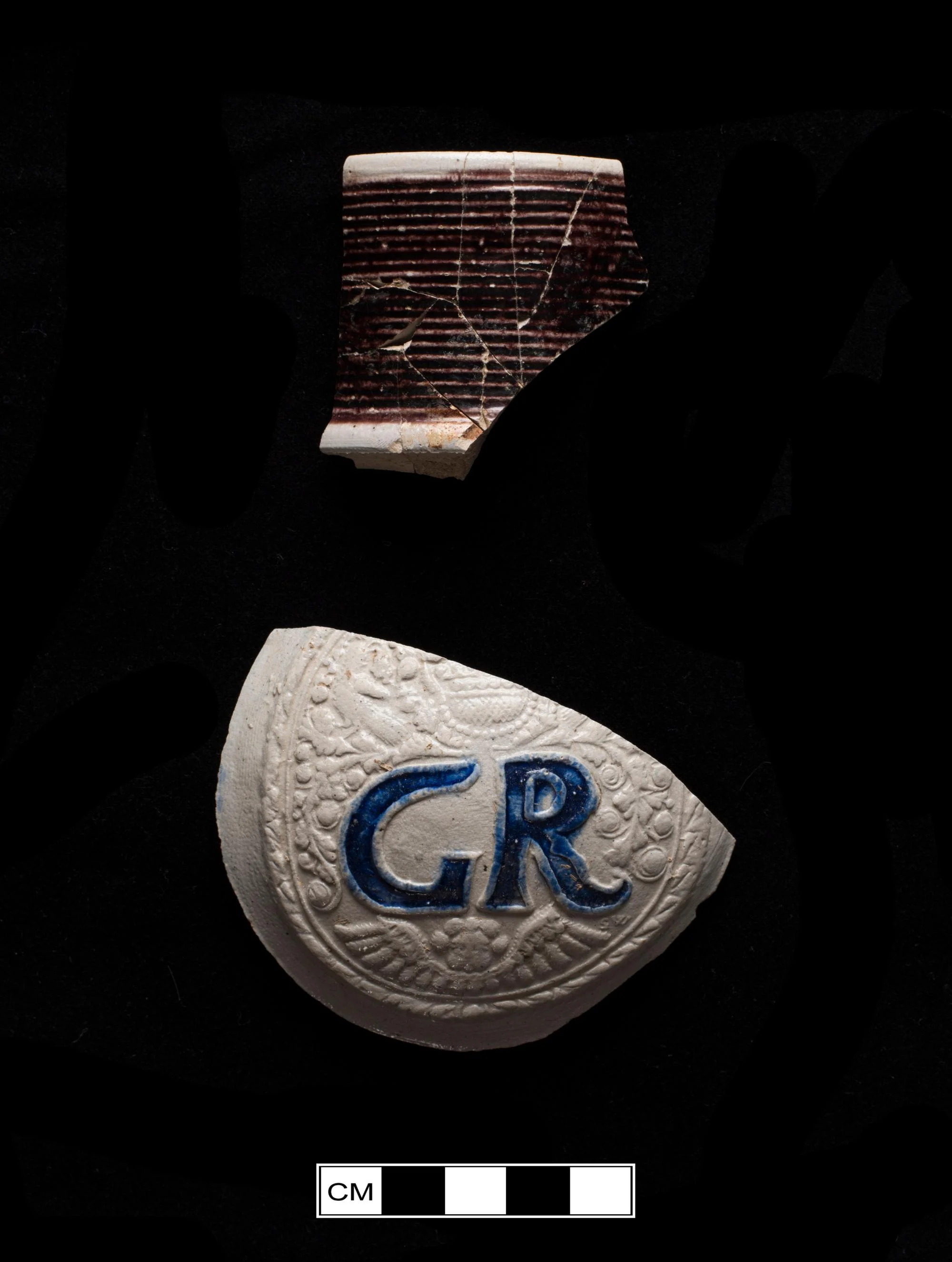
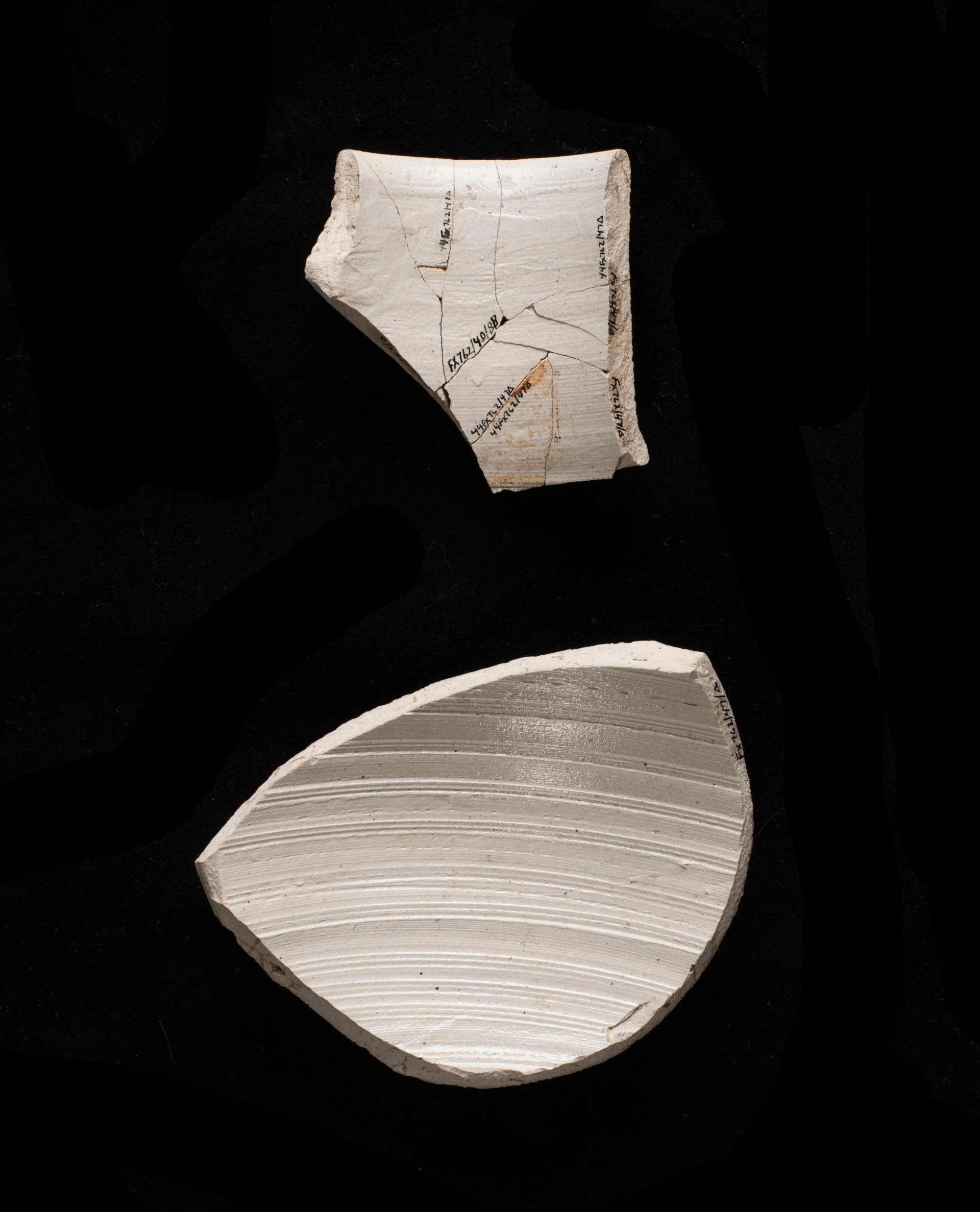
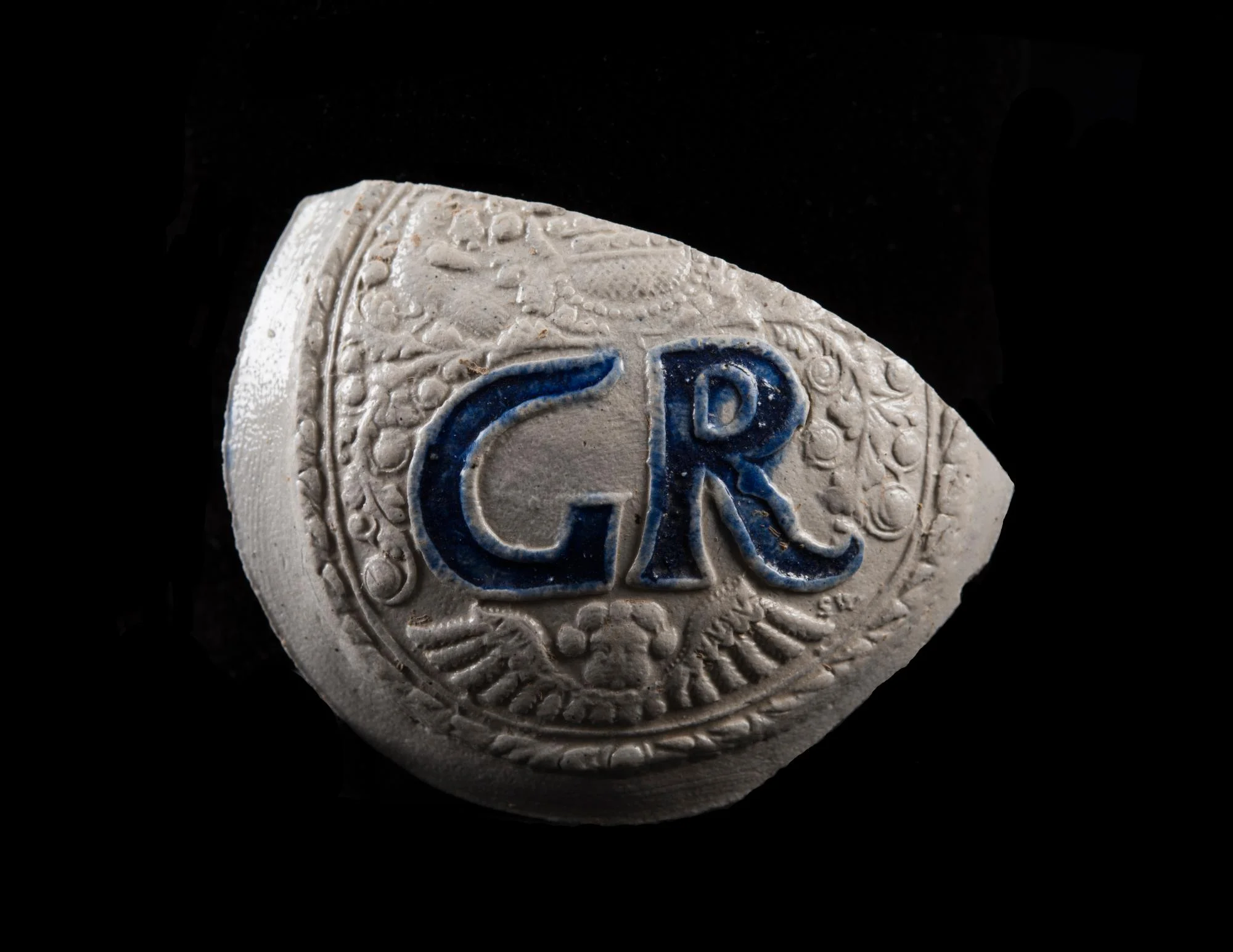
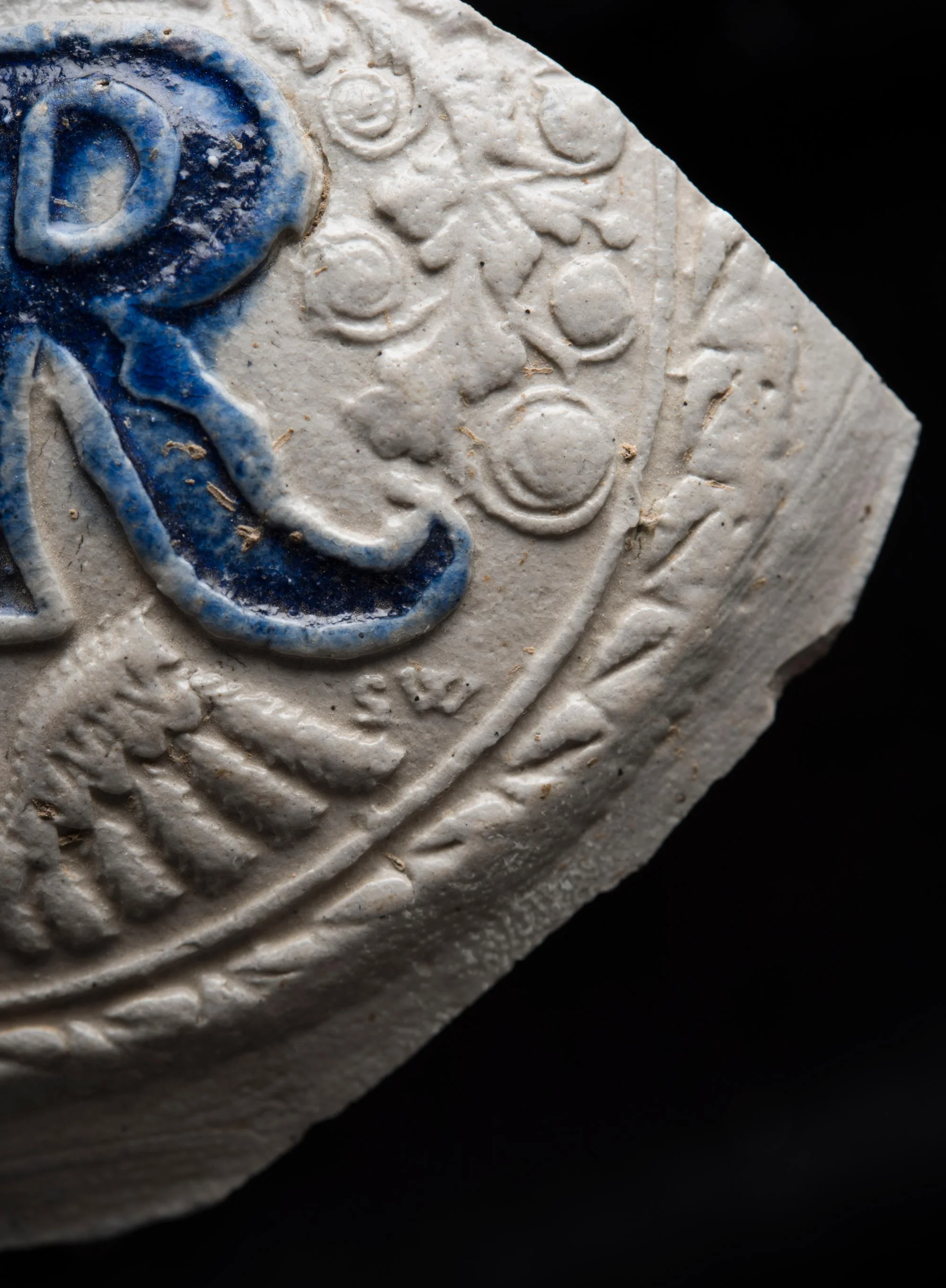
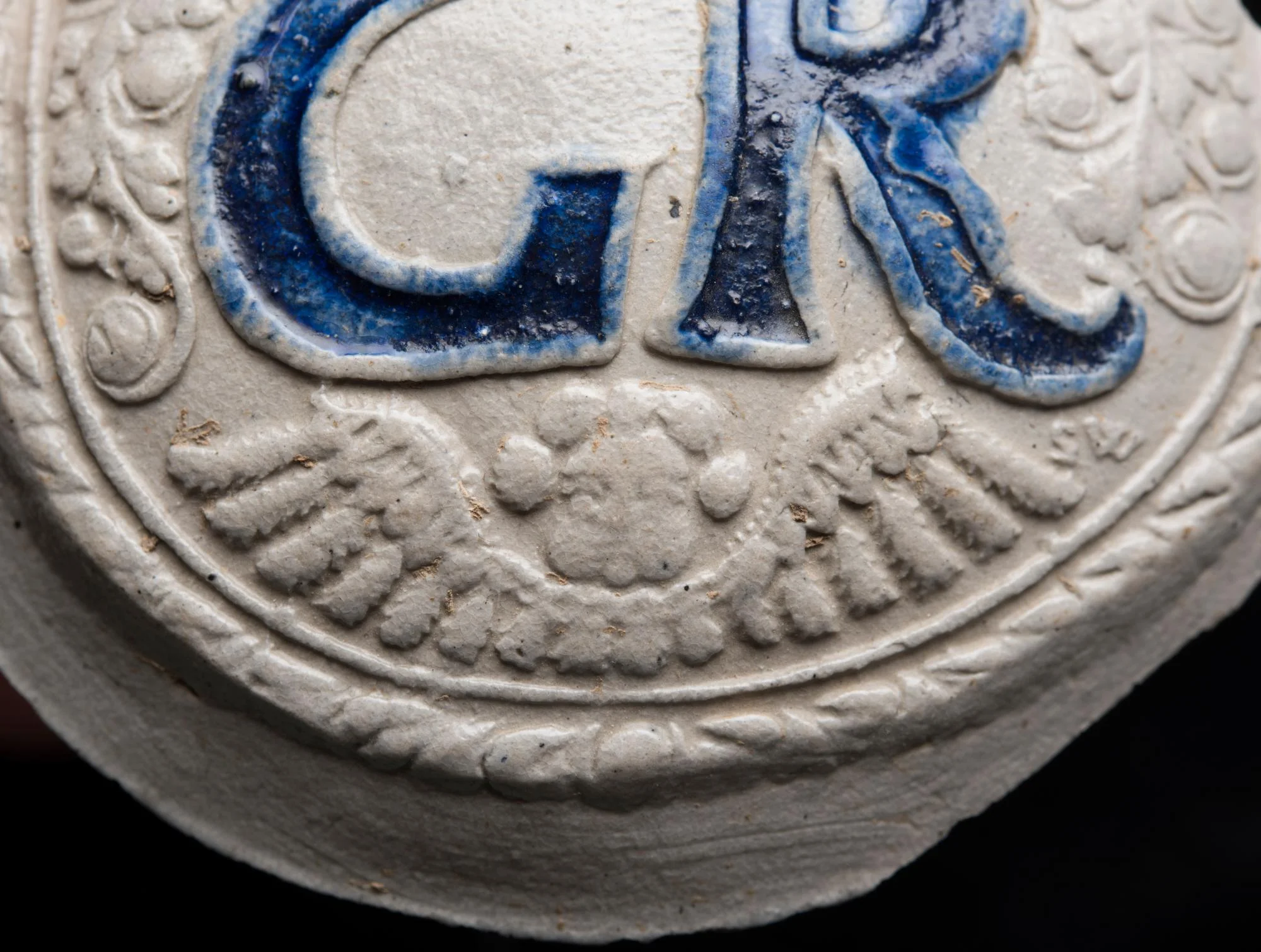
 Ceramic
Ceramic